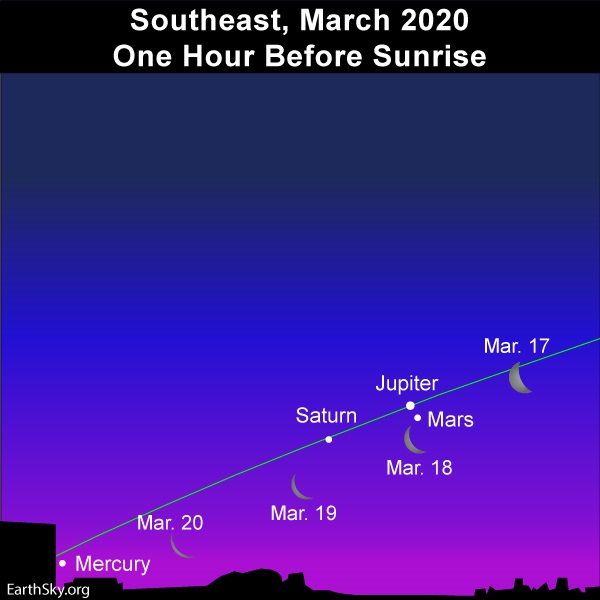

Since it moves relatively little with respect to the background stars, the chart is valid also for some time before and after opposition. The finder chart below shows the position of Uranus at opposition (R.A.= 01h 38m 28s, Dec.= +09d 35m 29s). However, when viewed through even the largest of amateur scopes, it's difficult to spot much detail.

Uranus, Neptune and Pluto in Seventh House Astrology. The magnitude 5.7 planet will be traveling retrograde westward in southern Aries, surrounded by a palm. They will conjunct again on the 25th of December 2021 2021 (UT/GMT) as Venus in retrograde meets. With an apparent diameter of 3.7 arc seconds, small telescopes at medium to high powers will reveal a small bluish-green disk. Uranus, October 2021 (Chris Vaughan, Starry Night Education) During October, blue-green Uranus will rise in early evening and be best observed in the hours after midnight, when it will climb two-thirds of the way up the southern sky. 18.915 AU (2,829.6 million kilometres or 1,758.3 million miles) from the Earth. It rises above the eastern horizon around sunset, reaching its highest point in the sky at midnight, and then sets in the west as the Sun reappears. Uranus is visible all night during October. Further to the northeast is Taurus, which contains first magnitude orange star Aldebaran and naked eye open clusters, the Pleiades and Hyades. It's about 15 degrees south and 30 degrees east of the centre of the Great Square of Pegasus and a couple of degrees west and slightly north of omicron Piscium (ο Psc - mag. Uranus is positioned close to the Aries constellation border. It's marginally bright enough to seen with the naked eye and easy to spot with binoculars and small scopes. +5.7 and is located in the constellation of Pisces.

Uranus, the seventh planet from the Sun, reaches opposition on October 19th.


 0 kommentar(er)
0 kommentar(er)
